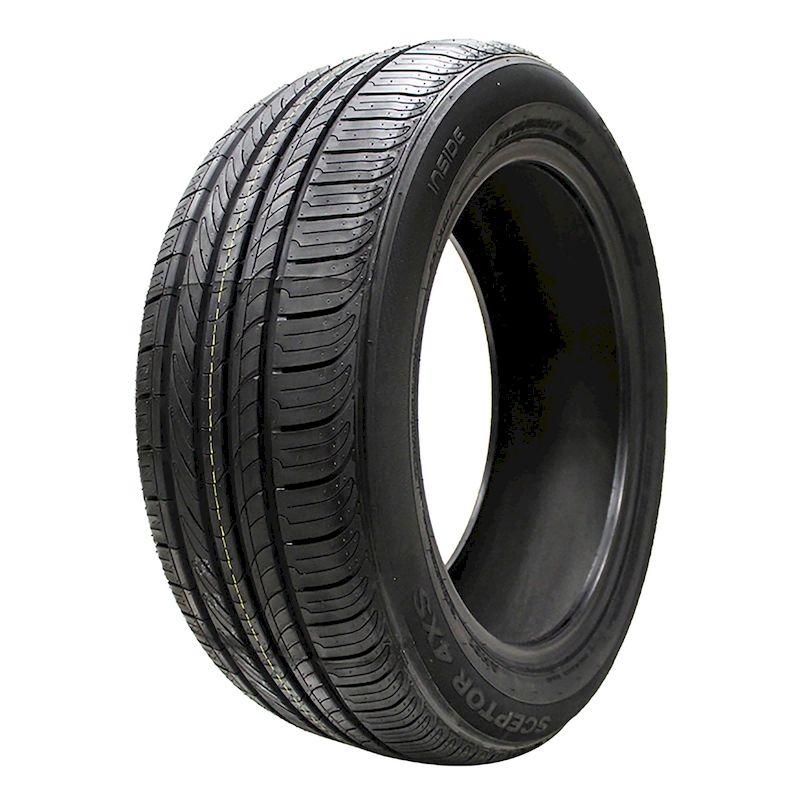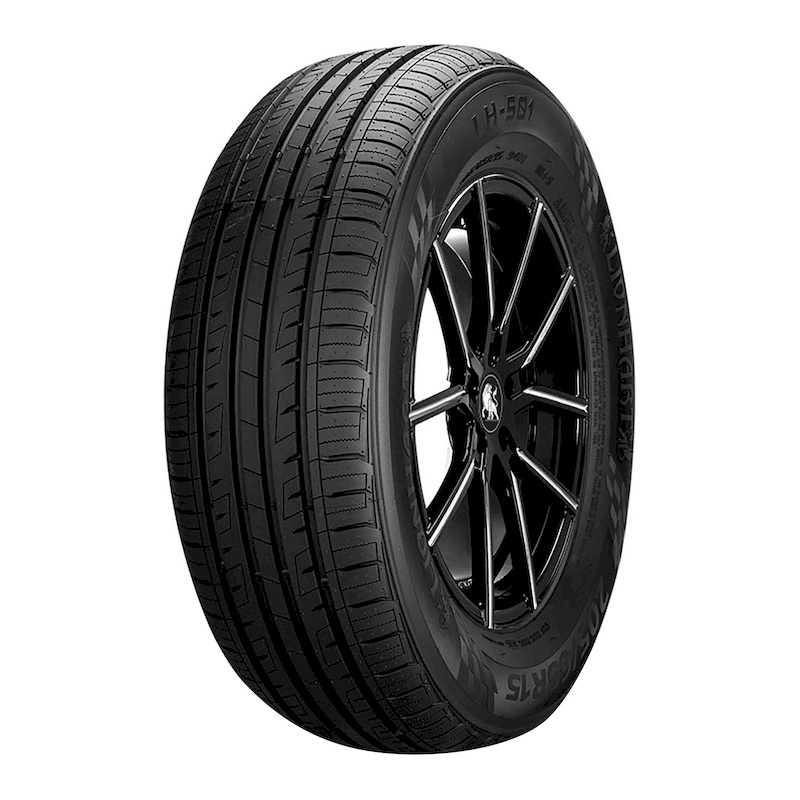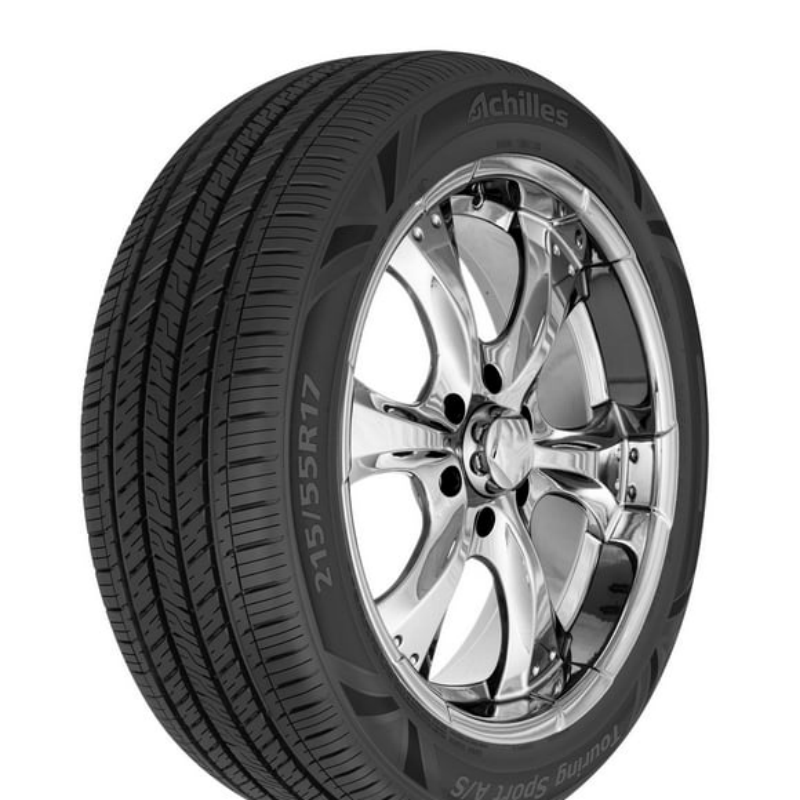Selling used tires can be a profitable venture, especially as many car owners look for affordable alternatives to new tires. As people prioritize budget and sustainability, the market for used tires continues to grow. However, selling used tires requires knowledge about various aspects, such as legal considerations, pricing strategies, effective marketing techniques, and knowing your target audience. In this comprehensive guide, we will explore how to sell used tires effectively, including the steps you should take, the tools and resources available, and tips for achieving the best results. By the end of this article, you will have a solid understanding of the entire process and be well-prepared to venture into the used tire market.

Understanding the Market for Used Tires
Before diving into the logistics of how to sell used tires, it is essential to comprehend the market landscape. Understanding this area helps you make informed choices that could influence your success.
- Demand for Used Tires: The demand for used tires is consistently growing due to several factors. More car owners are focusing on cost-effective solutions, especially as the economy fluctuates. Additionally, there’s a rising emphasis on sustainability, prompting people to recycle instead of purchasing new products.
- Target Audience: The key target audience for used tires includes budget-conscious consumers, DIY car enthusiasts, and businesses such as mechanics or tire shops looking for affordable inventory. Knowing your audience will help tailor your marketing efforts effectively.
- Online Marketplaces: The internet provides an extensive platform for selling used tires. Online marketplaces, auctions, and social media platforms make it easier to reach potential buyers. Familiarize yourself with key websites where used tires are in demand, like Craigslist, eBay, and Facebook Marketplace.
- Local Markets: Brick-and-mortar options also exist in your local market. Tire shops or automotive repair businesses may buy used tires for resale or use them for repairs. Understanding local competition can also help determine how to position your product.
- Legal Considerations: Keep in mind that local laws regarding the sale of used tires may vary. Some states require specific disclosures or certifications for used tires. Researching your local regulations is key to ensuring compliance and building a trustworthy reputation.
With a solid understanding of the market for used tires, you can effectively position yourself to make the most out of your sales venture.
Preparing Tires for Sale
Preparing tires for sale is a crucial step in ensuring they are marketable and appealing to potential buyers. Here’s how to ensure your tires are ready for sale:
- Inspect Tire Condition: Begin by thoroughly inspecting each tire. Look for significant tread wear, sidewall damage, or punctures. Ensure there are no bulges, cracks, or visible damage that could compromise performance or safety.
- Check Tread Depth: The tread depth is a vital indicator of tire performance. Most used tires should have a remaining tread depth of at least 4/32 of an inch. If tread depth is below this, the tires may not be safe for resale.
- Clean the Tires: Clean each tire by removing dirt, debris, or grime. A power washer or a simple hose with soap should suffice. This initial cleaning enhances their appearance, making them more appealing to potential buyers.
- Take Photos: Quality images are essential when marketing your tires. Take clear photos from multiple angles, showing the tread depth, sidewall, and overall condition. Good visuals can increase buyer interest and convey a message of transparency.
- Gather Information: Create a detailed description for each tire, including brand, model, size, tread depth, and any other relevant information. This transparency helps reassure buyers about the quality of your tires.
By taking these preparation steps, you can enhance the marketability of your used tires and improve your chances of securing a sale.

Pricing Strategies for Used Tires
Effective pricing is critical for selling used tires successfully. Here are some strategies to consider:
- Research Market Prices: The first step in pricing your used tires is to research what similar tires are selling for in your area. Check online marketplaces and local listings to get a sense of fair pricing.
- Consider Condition and Brand: The condition of the tires and their brand plays a significant role in determining price. High-quality brands with more tread will typically command higher prices than generic or heavily worn brands.
- Factor in Age and Mileage: Younger tires with less mileage will often be valued higher than older tires, regardless of the tread depth. Evaluate the age of the tires and their previous usage to set a fair price.
- Use a Competitive Pricing Model: Price your used tires competitively to attract buyers while still making a profit. If similar tires are available at lower prices, consider underpricing slightly to increase the chance of a sale.
- Set a Negotiable Price: When listing your tires, set a price that allows room for negotiation. Most buyers expect to haggle, so having a buffer can help you close the deal without losing potential profit.
- Discount for Bulk Purchases: If you have multiple tires available, consider offering discounts on bulk purchases. This tactic can incentivize buyers to take more tires while creating a sense of urgency.
How to sell used tires? By effectively researching and pricing your used tires, you can attract buyers and facilitate successful sales.
Marketing Your Used Tires
Once your tires are prepared and priced, it’s time to market them effectively. Here are essential marketing strategies to consider:
- Leverage Online Marketplaces: Platforms like Craigslist, Facebook Marketplace, eBay, and specialized tire selling websites are ideal for reaching a broader audience. Create listings with high-quality images, detailed descriptions, and clear pricing.
- Utilize Social Media: Use your social media channels to generate interest in your used tires. Share images of the tires, relevant details, and engaging captions to encourage shares and inquiries.
- Local Classified Ads: Utilizing local classified ads in newspapers or community bulletin boards can also help you reach potential buyers in your area. This strategy can work particularly well for those who prefer in-person transactions.
- Connect with Automotive Enthusiasts: Engage with local automotive clubs, forums, or social media groups dedicated to cars and motorcycles. Members of these groups may seek used tires and be more inclined to purchase from fellow enthusiasts.
- Offer Promotions and Discounts: During holidays or specific seasons, consider offering promotions to attract buyers. Limited-time offers can create a sense of urgency and encourage quick decisions among potential customers.
- Create a Brand and Reputation: Building a reputation as a reliable seller can also generate repeat customers and referrals. By providing excellent customer service, accurate listings, and fair prices, you will encourage positive word-of-mouth.
How to sell used tires? By implementing these marketing strategies, you can effectively promote your used tires and increase your chances of making successful sales.
Handling Transactions Safely
When it comes to selling used tires, handling transactions safely and professionally is crucial. Here are some effective strategies for managing your sales safely:
- Choose Safe Meeting Locations: If dealing with local buyers, always choose public places for in-person transactions. Well-lit areas with high foot traffic can help minimize risks.
- Accept Secure Payment Methods: Opt for secure payment methods that protect both you and the buyer. Cash transactions are often simplest, but consider using payment apps like PayPal or Venmo as alternatives.
- Verify Buyer Information: If a buyer reaches out with questions or requests for personal identification, do not hesitate to verify their information. Establishing trust is vital in any transaction.
- Prepare for Test Fits: If a buyer wants to test the tires on their vehicle, ensure that they do so in a safe and organized manner. Make sure they have the proper tools and equipment to avoid any injuries.
- Clear Communication: Maintain clear communication with buyers throughout the selling process. Establishing expectations about meeting times, pricing, and any warranties or guarantees helps streamline transactions and fosters trust.
By following these transaction safety tips, you can create a safe and reputable selling experience for both you and your buyers.
Legal Considerations When Selling Used Tires
Understanding the legal implications of selling used tires is crucial to ensure compliance with regulations. Here are some considerations to keep in mind:
- Local Regulations: Different regions may have specific laws regarding the sale of used tires. Research your local regulations to understand any requirements related to safety inspections, labeling, and warranties.
- Liability Waivers: Depending on your jurisdiction, consider including liability waivers or disclaimers when selling used tires. This step can help protect you from potential legal action stemming from accidents due to tire failures.
- Sales Receipts: Provide detailed sales receipts for each transaction, including the buyer’s contact information, tire details, and a summary of conditions. This documentation can serve as a record of the sale, adding a layer of professionalism.
- Disclosures: Be transparent about the condition of the tires. Disclose any significant wear or defects, as failing to do so could lead to disputes down the line. Honesty builds trust and can prevent legal issues.
- Consumer Rights: Familiarize yourself with consumer protection laws in your area. Understanding a buyer’s rights extends not only to the sale of vehicles but also to parts and accessories like tires.
How to sell used tires? By paying attention to these legal factors, you can confidently navigate the selling process while ensuring compliance with applicable regulations.

Conclusion
Selling used tires can be a rewarding endeavor if done right. Throughout this comprehensive guide, we discussed various critical aspects of selling, including understanding the market, preparing tires for sale, pricing strategies, effective marketing techniques, and safe transaction practices. Additionally, we explored important legal considerations to ensure compliance with local regulations.
Understanding how to sell used tires allows you to capitalize on the growing market demand and contribute to sustainability by offering affordable options to consumers. Armed with the knowledge and strategies outlined in this article, you can approach your sales venture with confidence, efficiency, and professionalism.
As you prepare to enter the market, remember to treat each transaction as an opportunity to build lasting relationships and a positive reputation. With the right approach, selling used tires can be both profitable and fulfilling, while also providing car owners with much-needed alternatives to new tires.